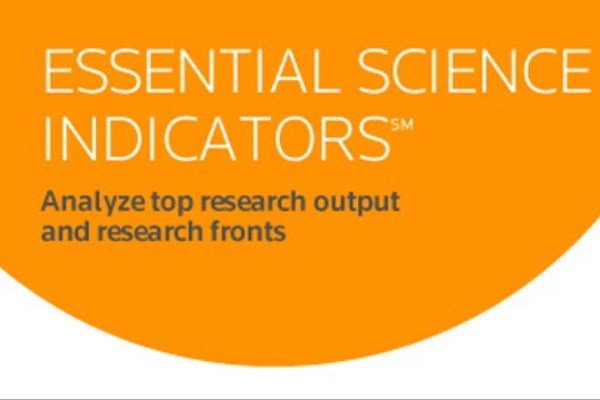
According to the latest data published by Essential Science Indicators (ESI), Shahid Beheshti University (SBU) is among the top 1% of world's most cited institutions in six subject categories; namely, engineering, chemistry, agricultural sciences, plant and animal science, environment/ecology, and computer science.
Based on the ranking published by the ESI database, the number of the world's most cited universities and research institutes in all subject categories is 8557, among which 115 universities and research institutes are from the Islamic Republic of Iran.
The number of top Iranian universities and research institutes in this database has increased from 112 last year to 115 this year. Iran's most highly cited universities and research institutes are present in 19 subject categories, and the largest number of them (59) are present in the engineering subject category.
The numbers of the Iranian universities and research institutes in other categories are as follows: clinical medicine (57), chemistry (50), materials science (25), agricultural sciences (23), pharmacology and toxicology (19), plant and animal science (16), environment/ecology (15), social sciences (13), biology and biochemistry (13), computer science (13), neuroscience and behavior (7), geology (6), physics (5), immunology (5), molecular biology and genetics (4), mathematics (2), microbiology (2), and psychiatry/psychology (1).
ESI is one of the databases of Clarivate Analytics Institute, which introduces top researchers, institutions, publications and countries in various subject categories. Institutions are those universities and research institutes whose number of citations received in the last 10 years is more than other institutions. The list of the world's top universities and research institutes is updated every two months, which means that it is not only possible to include or remove universities and research institutes, but also to change their ranking based on various indicators.


